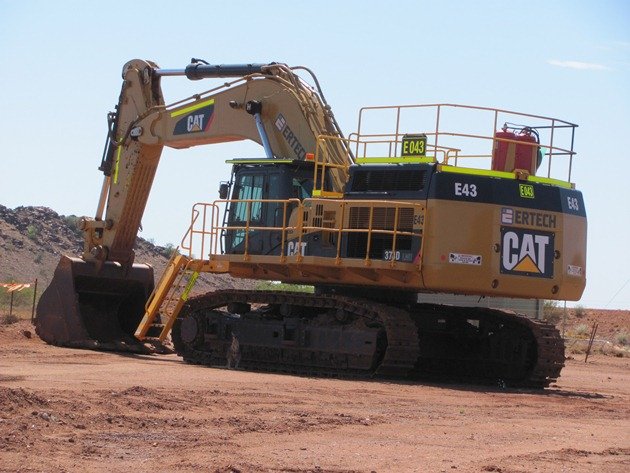
Our original plan was to be in Karratha with Grant’s work from 4th to 22nd January, but this was cut short when we came home on 8th January due to the development of Cyclone Narelle. Thankfully we had been able to visit the Poo Ponds (Waste Water Treatment Plant) late on Friday after work and also visit a couple of other places early on Sunday before work. The weather in Karratha was very hot during our visit with daytime temperatures of 38c (100f) and the predominant birds in the township were Little Corella, Crested Pigeons and Silver Gulls. Karratha is a town built on industry and first impressions do not give you particularly high hopes for any good birding areas. When you fly in you observe the settling ponds at the Waste Water Treatment Plant and the coastal strip and small pools remaining in almost dry rivers and these are the places to target if you get a chance.
The Poo Ponds were very productive and the wildlife was making the most of the water available and the shade provided by the excavating equipment. This wallaby had been sitting in the bucket as we approached and then hopped out and remained in the shade near the tracks.
Wallaby seeks shelter beside an excavator
We were able to add Wood Sandpiper, Galah, Pink-eared Duck, Sharp-tailed Sandpiper, Red-kneed Dotterel, Black Swans, Spinifex Pigeon and Variegated Fairywren to our year list at the Poo Ponds and there were numerous other waterbirds that we had already seen at the Broome Poo Ponds on New Year’s Day.
Black Swans at Karratha Poo Ponds
On Sunday morning we were up early to bird and we decided to head down the road a little way to explore the Maitland River, which only had small pools of water remaining. Our first delay was one of the many iron ore trains that transport the ore to the coast from inland. These trains are over 2kms (1 mile) long and over 200 carriages, so we had quite a long wait at the track!
Waiting for a long train!
We observed our first White-winged Triller for the year as we pulled up to park beside the pool. We walked around the first pool of water remaining in the river and soon had our first Sacred Kingfisher and Australian Reed-Warbler for the year. There were 6 Royal Spoonbills and numerous Hardhead and Pacific Black Ducks.
Bird life in a pool on the Maitland River
The second pool was rewarding with the bushes nearby noisy with the sound of Painted Finches and Star Finches. They were extremely well disguised in the dense bushes. The noisiest bird was the Rufous Songlark that appeared determined to make it hard for us to find! We eventually saw it hopping along the ground in the long grasses. Black-fronted Dotterels were on the edge of the pool and Grey-crowned Babblers called out from the bank of the river.
Black Swans in second pool at Maitland River
Our next brief trip was to the little rocky beach right in town where the tide was already coming in and we were able to see a few shorebirds. We had Eastern Curlew, Bar-tailed Godwit, Terek Sandpiper, Grey-tailed Tattler, Pied Oystercatcher and Ruddy Turnstone feeding on the last remaining mud and reef. The salt deposits in the rocky shoreline are a reminder that Dampier exports salt all over the world and it is all solar evaporated.
Salt deposits in rocks along the tide edge
We found our first Striated Heron for the year at the boat ramp making the most of the last remaining mud. Our regular at Gantheaume Point in Broome eluded us on New Year’s Day!
Striated Heron on the mud at the boat ramp
Karratha may well be an industrial town, but the wildlife has learnt to live with the changes and we had a Nankeen Kestrel and an Australian Hobby take advantage of the new 8 storey building in town, which is one of the tallest buildings in the north. Although our birding was very limited during our short visit we were able to add 21 new species to our 2013 year list and we did see 72 bird species.

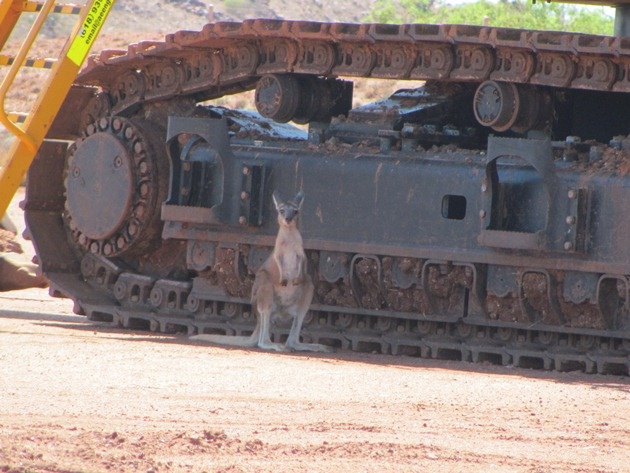
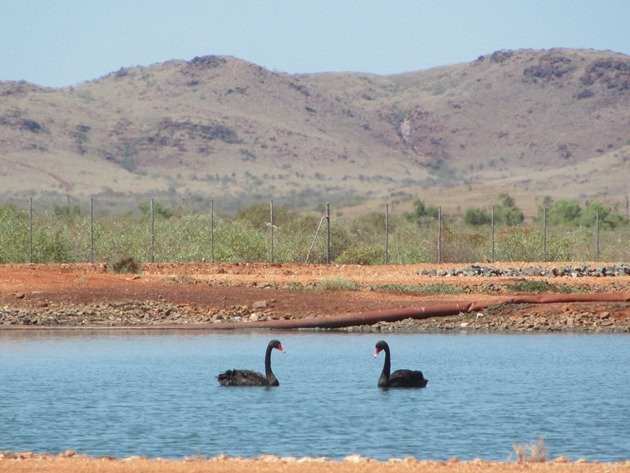
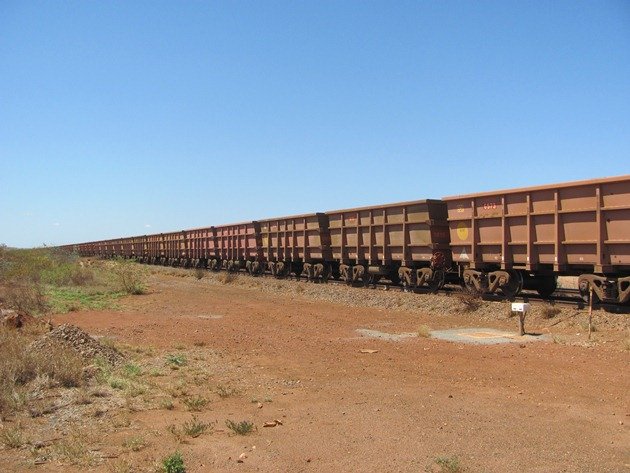
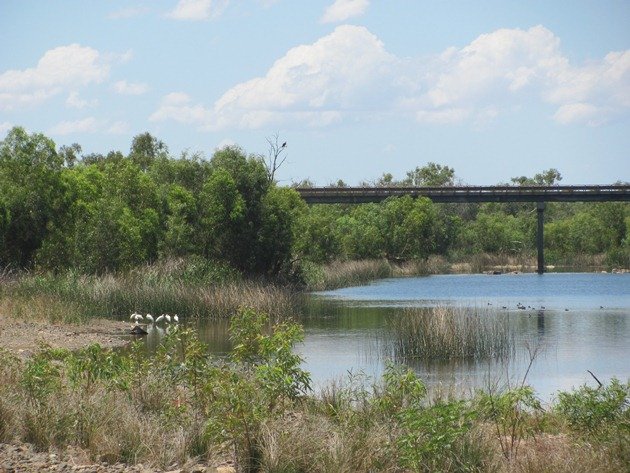
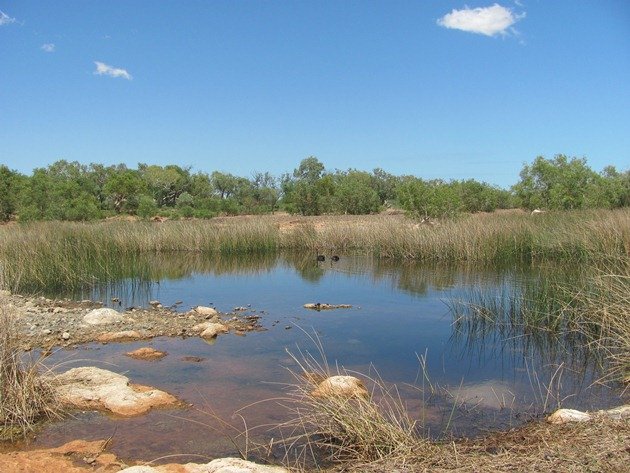
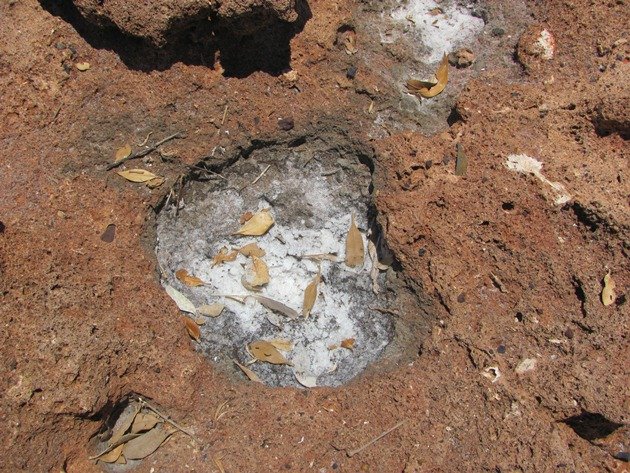
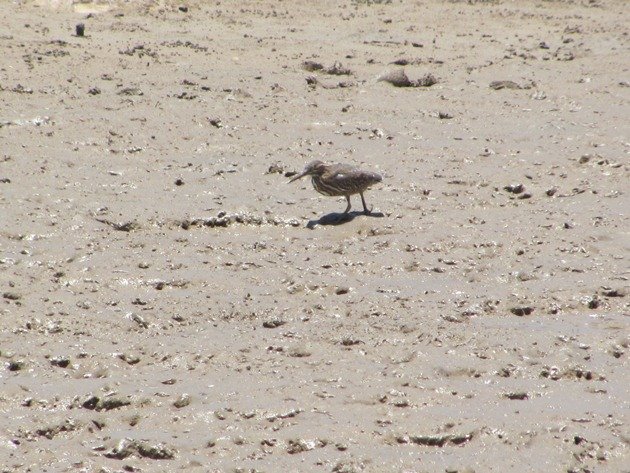






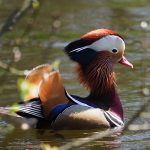
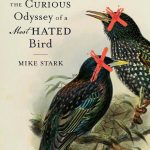
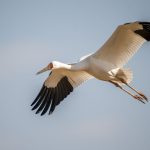

Thanks for the tips! I have to spend a few days in Karratha, so I may as well tick off some birds while I’m here!